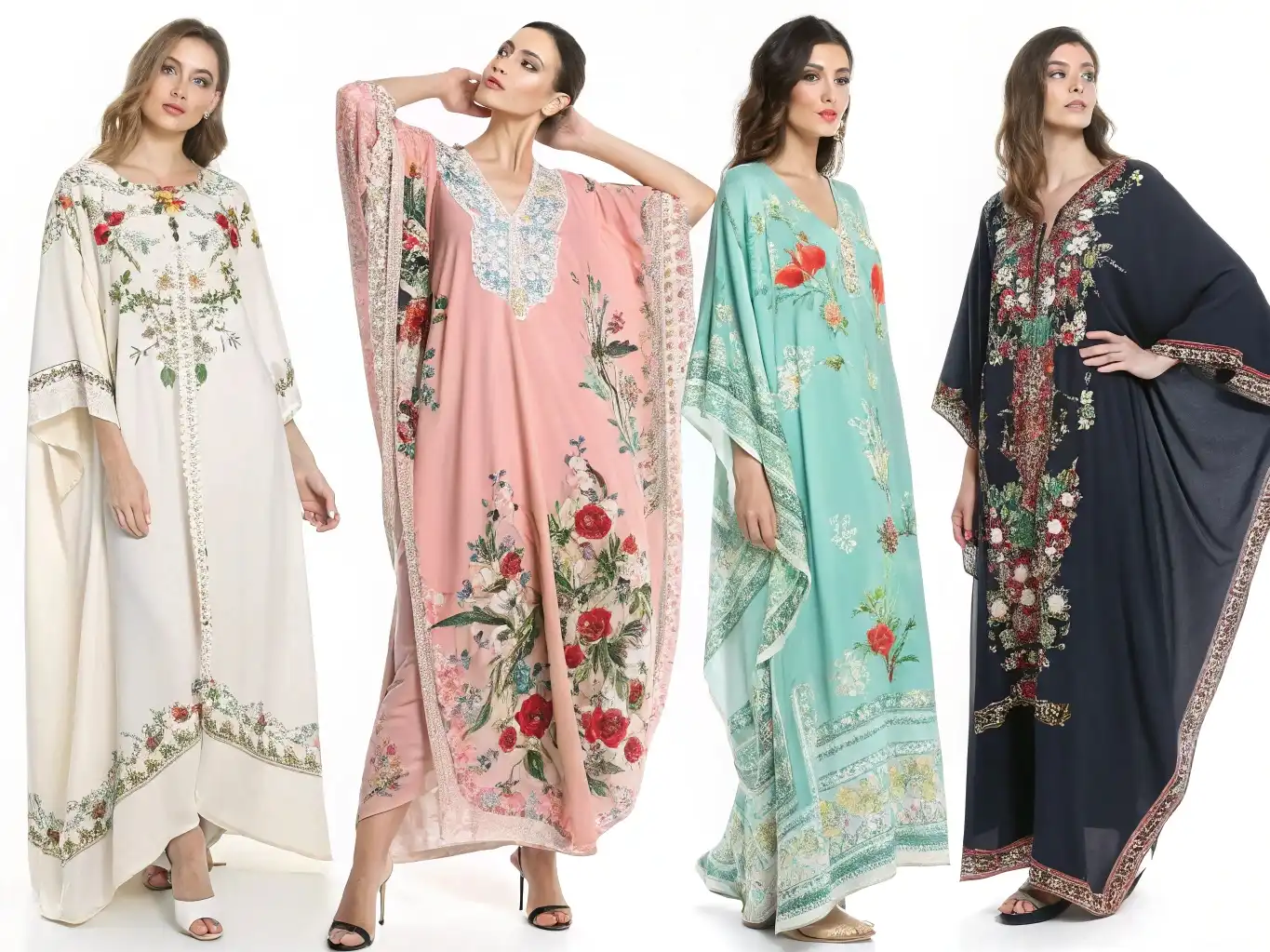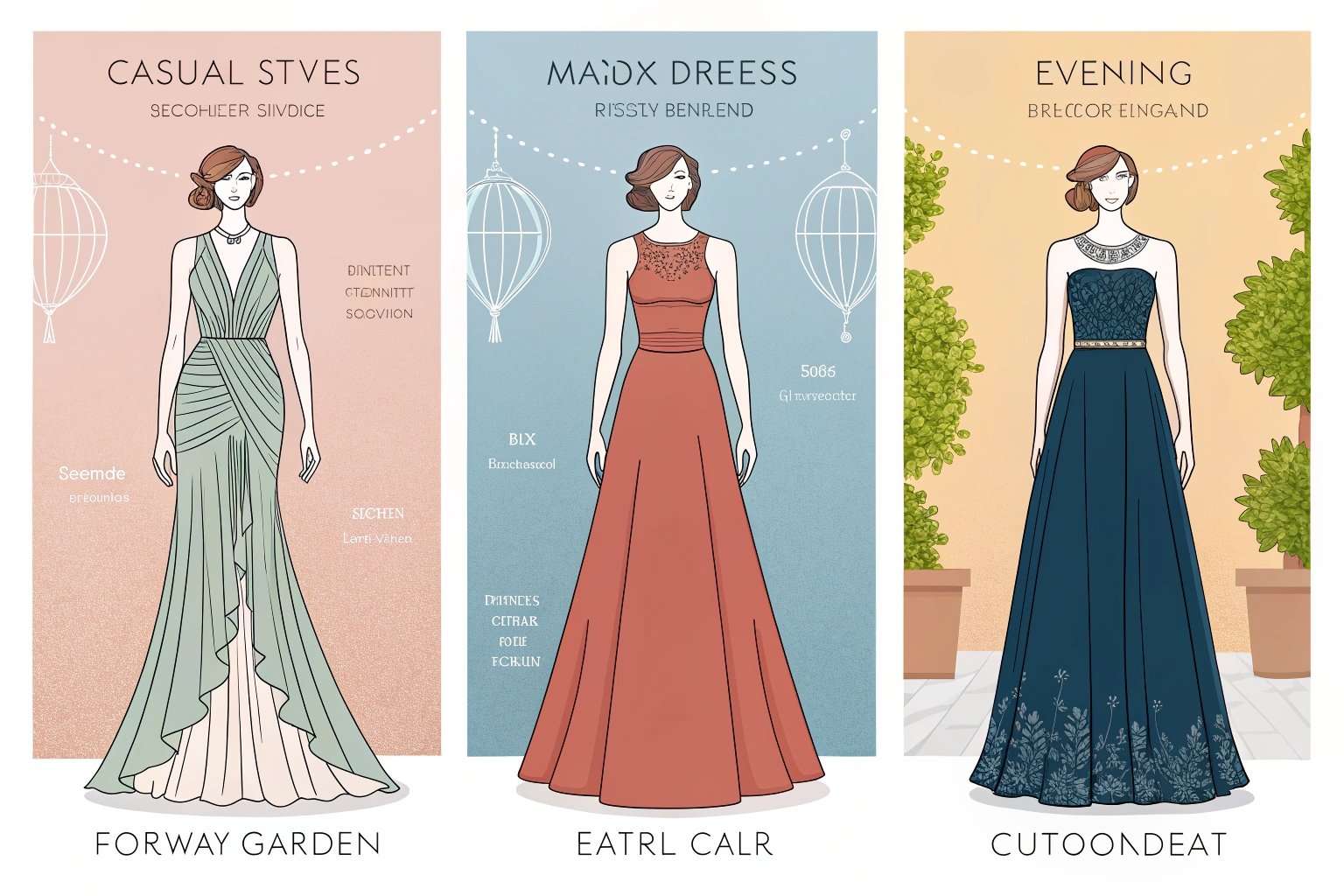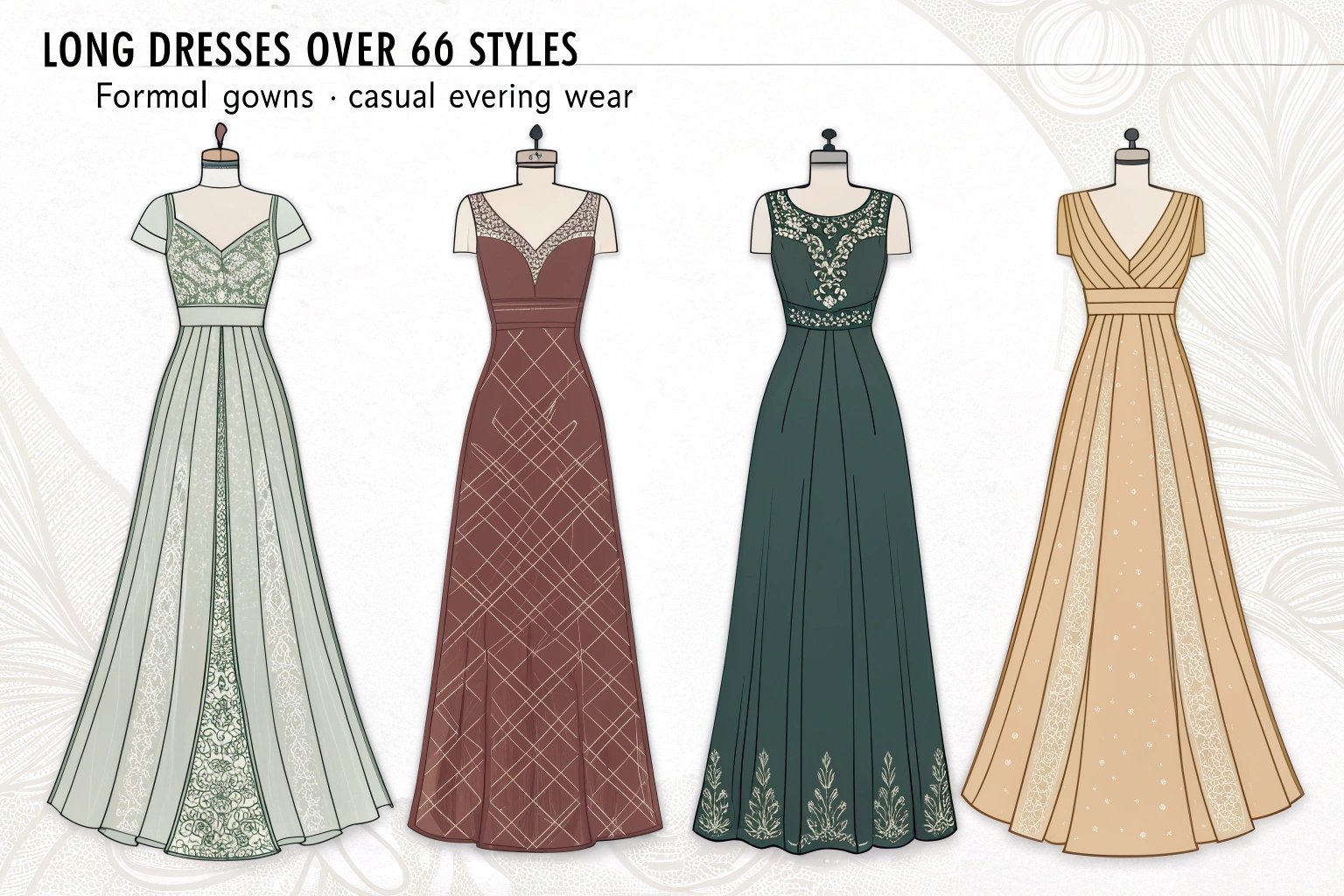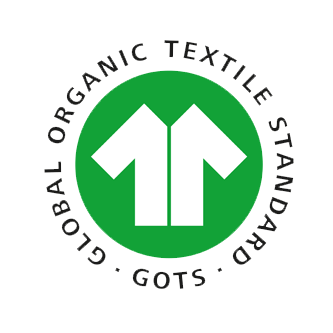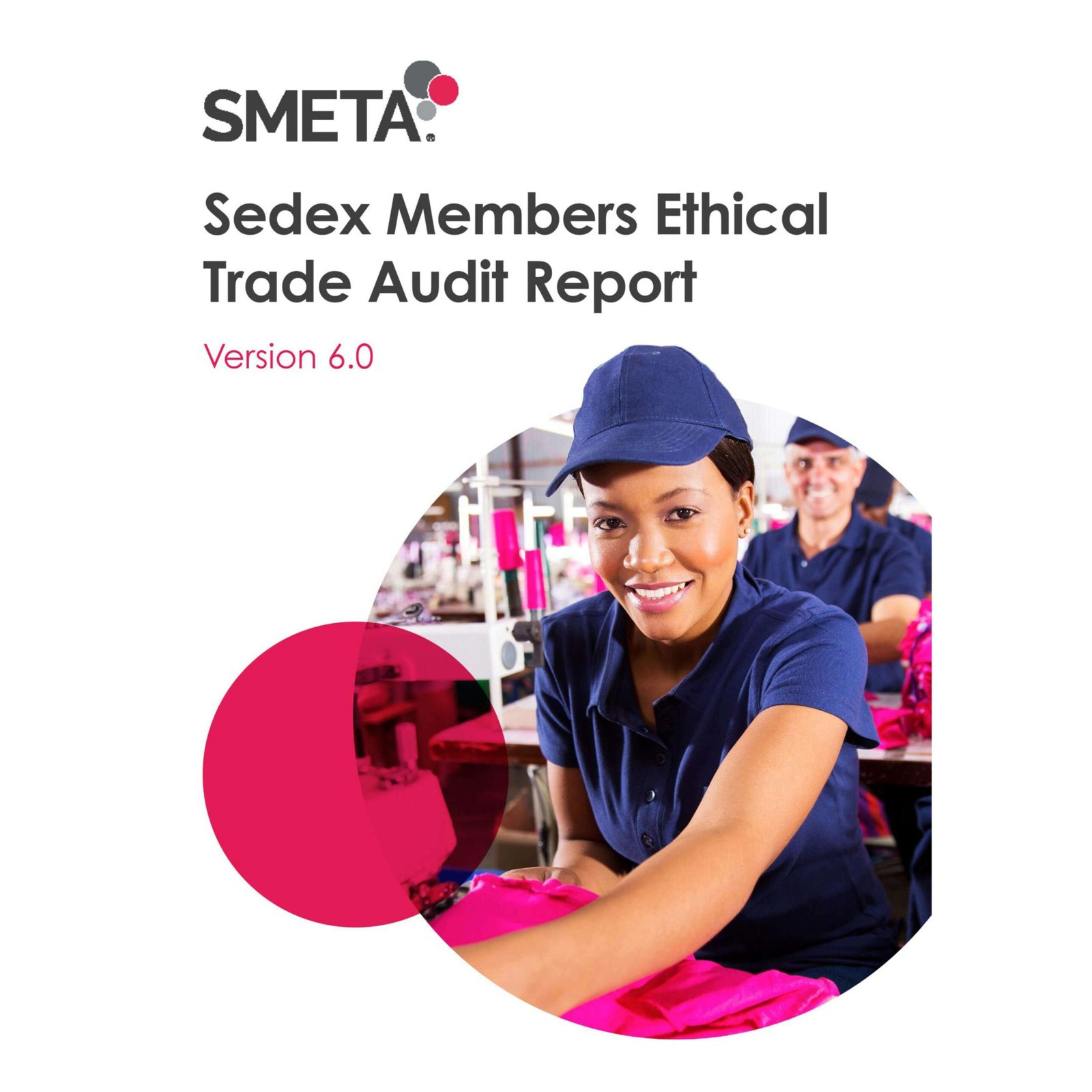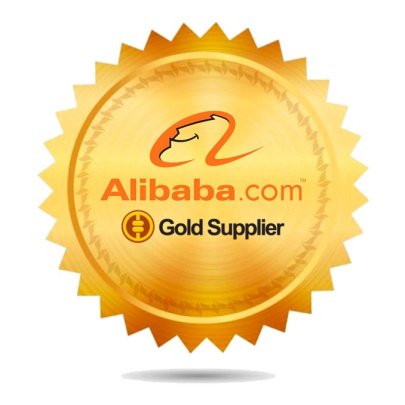Custom-made clothing offers a unique opportunity to create garments tailored to your specific designs and preferences. Whether you are designing a clothing line or creating a few custom pieces for personal use, the cost of working with custom clothing suppliers can vary significantly. Several factors contribute to the pricing of custom clothing, including material choices, design complexity, and order volume1.
Understanding what drives the price of custom-made clothes will help you plan your budget effectively and make informed decisions when working with suppliers.
This article breaks down the key factors that influence the cost of custom-made clothes and provides tips on how to save money without sacrificing quality.
What Factors Influence the Cost of Custom Made Clothes?
The cost of custom-made clothes is influenced by various factors such as fabric quality, design complexity, and the level of customization required. By understanding these factors, you can better estimate the price of your custom garments and make choices that fit your budget.
Every element in the custom clothing process impacts the final price, from the materials to the labor required to create your designs.
 Garment production in a factory
Garment production in a factory
Factors influencing the cost of custom-made clothes:
| Factor | Estimated Impact on Cost | How It Affects Pricing |
|---|---|---|
| Fabric Quality & Material | $5 – $20 per unit depending on fabric choice | Higher quality fabrics like silk or organic cotton will increase the cost. |
| Design Complexity | $10 – $50 per unit | Intricate designs require more labor and time, raising production costs. |
| Customization Level | $5 – $30 per unit | The more personalized the design (embroidery, prints, etc.), the higher the price. |
How Do Fabric Quality and Material Choices Impact the Price of Custom Clothing?
The type of fabric used for custom clothing plays a significant role in determining the price. Premium fabrics like wool, silk, or organic cotton will be more expensive compared to basic materials like polyester or cotton blends.
Choosing the right material that aligns with your budget and design needs is essential to managing the overall cost of custom clothing.
| Material Type | Price Impact on Unit | Why It Affects Cost |
|---|---|---|
| Premium Fabrics (Silk, Wool) | +$10 – $20 per unit | High-end fabrics are costly and require more labor to process. |
| Standard Fabrics (Cotton, Polyester) | +$5 – $10 per unit | More affordable and widely available, reducing production costs. |
How Does the Complexity of the Design Affect the Cost of Custom Made Clothes?
The complexity of your design can significantly affect the price of custom-made clothes. If your design involves intricate patterns, custom prints, or detailed embroidery, it will require more time, labor, and specialized equipment.
The more detailed and elaborate the design, the higher the cost per unit.
| Design Feature | Estimated Cost Increase | Why It Affects Pricing |
|---|---|---|
| Custom Prints | +$5 – $20 per unit | Requires printing equipment and setup. |
| Embroidery/Appliqué | +$10 – $50 per unit | Involves additional labor for stitching and setup. |
How Much Do Custom Clothing Suppliers Charge for Custom Clothing?
The price of custom clothing varies depending on several factors, such as garment type, order volume1, and the level of customization involved. By understanding typical pricing ranges, you can set realistic expectations and manage your budget accordingly.
Suppliers usually offer quotes based on these factors, so knowing the average price for custom clothing will help you plan your finances more effectively.
Average price ranges for custom clothing:
| Clothing Type | Estimated Price Range (Per Unit) | How Price Varies with Customization |
|---|---|---|
| T-shirts | $5 – $20 | Basic designs are cheaper, while custom prints2 or embroidery raise the cost. |
| Sweatshirts/Hoodies | $15 – $50 | Price increases with complex designs, premium fabrics, or embroidery. |
| Jackets/Outerwear | $20 – $100 | Customizing outerwear with high-quality fabrics and features increases cost. |

What Are the Average Price Ranges for Custom Clothing from Suppliers?
The cost of custom clothing from suppliers generally depends on the garment type, the materials used, and the level of customization. Basic apparel items like t-shirts are typically on the lower end of the price range, while more complex or high-end items like jackets or outerwear can cost significantly more.
Here’s a breakdown of the average price ranges based on different garment types:
| Garment Type | Price Range (Per Unit) | Customization Impact |
|---|---|---|
| T-shirts | $5 – $15 | Plain or printed designs will be on the lower end, while embroidered designs will increase costs. |
| Hoodies | $15 – $30 | Customization like logos or custom graphics may increase the cost. |
| Outerwear (Jackets) | $30 – $100 | Custom designs, premium fabrics3, and intricate details increase the price. |
How Do Order Quantities and Customization Level Affect the Pricing?
Order quantities and the level of customization are critical pricing factors when working with custom clothing suppliers. Large orders often reduce the price per unit, while higher levels of customization (e.g., custom embroidery or printing) can increase costs.
Custom clothing suppliers typically offer lower per-unit prices for bulk orders, which can save you money in the long run.
| Order Size | Estimated Price Impact | How It Affects the Cost |
|---|---|---|
| Small Orders (50-100 units) | $10 – $50 per unit | Higher unit price due to lower production volume. |
| Large Orders (500-1,000 units) | $5 – $20 per unit | Bulk orders lead to a lower per-unit cost, reducing overall expenses. |
How Do Custom Clothing Suppliers Determine Their Pricing Structure?
Custom clothing suppliers use a variety of factors to determine their pricing, such as labor costs, production time, and material expenses. Additionally, the complexity of your designs and the quantity of your order will influence how suppliers calculate the final price.
Understanding how suppliers determine their pricing structure can help you plan your orders and make strategic decisions about production.
Factors influencing supplier pricing structure4:
| Pricing Factor | Estimated Cost Impact | Why It Affects Pricing |
|---|---|---|
| Labor Costs | +$5 – $20 per unit | The amount of time required for production directly impacts cost. |
| Production Time | +$10 – $50 depending on the complexity | Longer production times increase the price due to more labor. |
| Material Quality | +$5 – $30 per unit | Premium materials cost more to source and process. |
How Are Costs Affected by Labor and Production Time in Custom Clothing?
Labor costs and production time are two major factors that influence the price of custom clothing. More intricate designs or large orders require more labor, while faster production timelines might incur additional fees.
Labor and time requirements will increase the cost of your clothing, especially for complex designs.
| Labor & Time Factor | Estimated Cost Impact | Why It Affects Pricing |
|---|---|---|
| Complex Designs | +$5 – $20 per unit | Intricate designs require more labor and specialized machines. |
| Rush Orders | +$10 – $50 per unit | Expedited production requires more resources and increases costs. |
How Do Custom Clothing Suppliers Handle Pricing for Small vs. Large Orders?
Custom clothing suppliers typically offer lower pricing for large orders due to economies of scale. Smaller orders, especially those with high customization, tend to be more expensive per unit.
Understanding the impact of order size on pricing helps you plan production costs more effectively.
| Order Size | Estimated Price per Unit | Why Larger Orders Are Cheaper |
|---|---|---|
| Small Orders (Under 100 units) | $10 – $50 per unit | Smaller runs result in higher per-unit costs due to setup and labor costs. |
| Large Orders (Over 500 units) | $5 – $20 per unit | Larger runs spread setup costs across more units, reducing the per-unit price. |
How Can You Save Money on Custom Made Clothes?
There are several strategies you can use to save money when working with custom clothing suppliers. Whether you’re just starting your business or looking to reduce production costs, these tips can help you lower expenses without sacrificing quality.
Smart sourcing and negotiation can significantly lower your overall costs while still providing high-quality products.
Tips for saving money on custom clothing:
| Cost-Saving Strategy | Description | Why It Works for Your Budget |
|---|---|---|
| Ordering in Bulk | Ordering larger quantities helps lower the cost per unit | Larger orders reduce per-unit costs and allow you to negotiate better pricing. |
| Negotiating Production Terms | Negotiate for discounts or better terms with suppliers | Builds a good relationship and helps secure lower prices. |
Can Ordering in Bulk Help Reduce the Cost of Custom Clothing?
Ordering in bulk can significantly reduce the cost of custom clothing. By committing to larger orders, you can take advantage of economies of scale, which lowers the per-unit cost.
While bulk ordering requires a larger initial investment, it often results in substantial savings.
| Bulk Order Benefit | Estimated Savings | Why It Reduces Cost |
|---|---|---|
| Lower Per-Unit Cost | Saves up to 50% on per-unit pricing | Suppliers are willing to offer discounts for large orders. |
| Discount Negotiation | Negotiate discounts or better terms for future orders | Establishes a strong relationship with suppliers, leading to better deals. |
How Do You Negotiate Better Prices with Custom Clothing Suppliers?
Negotiating better prices with custom clothing suppliers5 involves understanding your needs, building a strong relationship, and being transparent about your budget. You can also negotiate based on future orders, timely payments, and order size.
A successful negotiation strategy can save you a significant amount of money.
| Negotiation Tip | Description | Why It Helps You |
|---|---|---|
| Offer Long-Term Orders | Commit to long-term contracts for better pricing | Long-term relationships help secure better terms and lower prices. |
| Ask for Bulk Discounts | Leverage larger orders to negotiate better prices | Larger orders provide suppliers with guaranteed sales, prompting them to offer better rates. |

Are Custom Made Clothes Worth the Investment?
Custom-made clothes come with a higher price tag compared to mass-produced apparel, but the benefits often outweigh the initial cost. Custom clothing allows for unique designs, better quality, and the ability to build a strong brand identity.
Investing in custom clothing can be a wise decision, especially for fashion brands looking to differentiate themselves from mass-market products.
Benefits of investing in custom-made clothes:
| Benefit | Description | Why It’s Worth the Investment |
|---|---|---|
| Unique Designs | Custom clothing allows for original and creative designs | Sets your brand apart from competitors. |
| Better Quality | Custom-made clothes often use higher-quality materials and craftsmanship | Ensures your customers receive durable and well-made products. |
How Does the Quality of Custom Clothing Compare to Mass-Produced Apparel?
Custom clothing generally offers higher quality than mass-produced apparel. With more attention to detail and the use of higher-end materials, custom garments are built to last longer.
While the price may be higher, the durability and quality often make custom clothing a worthwhile investment.
| Quality Comparison | Custom Clothing | Mass-Produced Apparel |
|---|---|---|
| Fabric & Material | Often made from premium materials, chosen for quality | May use lower-quality, mass-produced fabrics |
| Craftsmanship | Attention to detail, skilled production | Mass-produced items may lack personalized finishing |
What Are the Long-Term Benefits of Investing in Custom Clothing?
Investing in custom clothing allows you to build a unique brand identity and connect with customers who value quality and individuality. Additionally, it can lead to stronger customer loyalty and higher profit margins.
The long-term benefits of custom clothing go beyond the initial investment, including a stronger brand image and better customer retention.
| Long-Term Benefit | Description | How It Contributes to Growth |
|---|---|---|
| Brand Loyalty | Customers who value unique, high-quality products are more likely to return | Custom clothing helps build a loyal customer base. |
| Higher Profit Margins | Custom clothing can be sold at a premium price | Higher quality allows for higher pricing, improving profit margins. |
Conclusion
Custom-made clothes offer unique designs, better quality, and the ability to stand out in a crowded market. However, working with custom clothing suppliers does come at a price. By understanding the factors that influence cost, such as fabric choices, design complexity, and order volume, you can better manage your budget and make informed decisions. With smart negotiation strategies, bulk ordering, and strategic planning, you can reduce costs and still create high-quality custom clothing that appeals to your target market.
-
Learn how ordering in bulk can lead to cost savings when working with custom clothing suppliers. ↩ ↩
-
Learn about the cost implications of adding custom prints to your clothing designs. ↩
-
Explore the advantages of investing in high-quality fabrics for your custom garments. ↩
-
Gain insights into the factors that influence how suppliers set their prices. ↩
-
Find out key factors to consider when choosing reliable custom clothing suppliers. ↩


